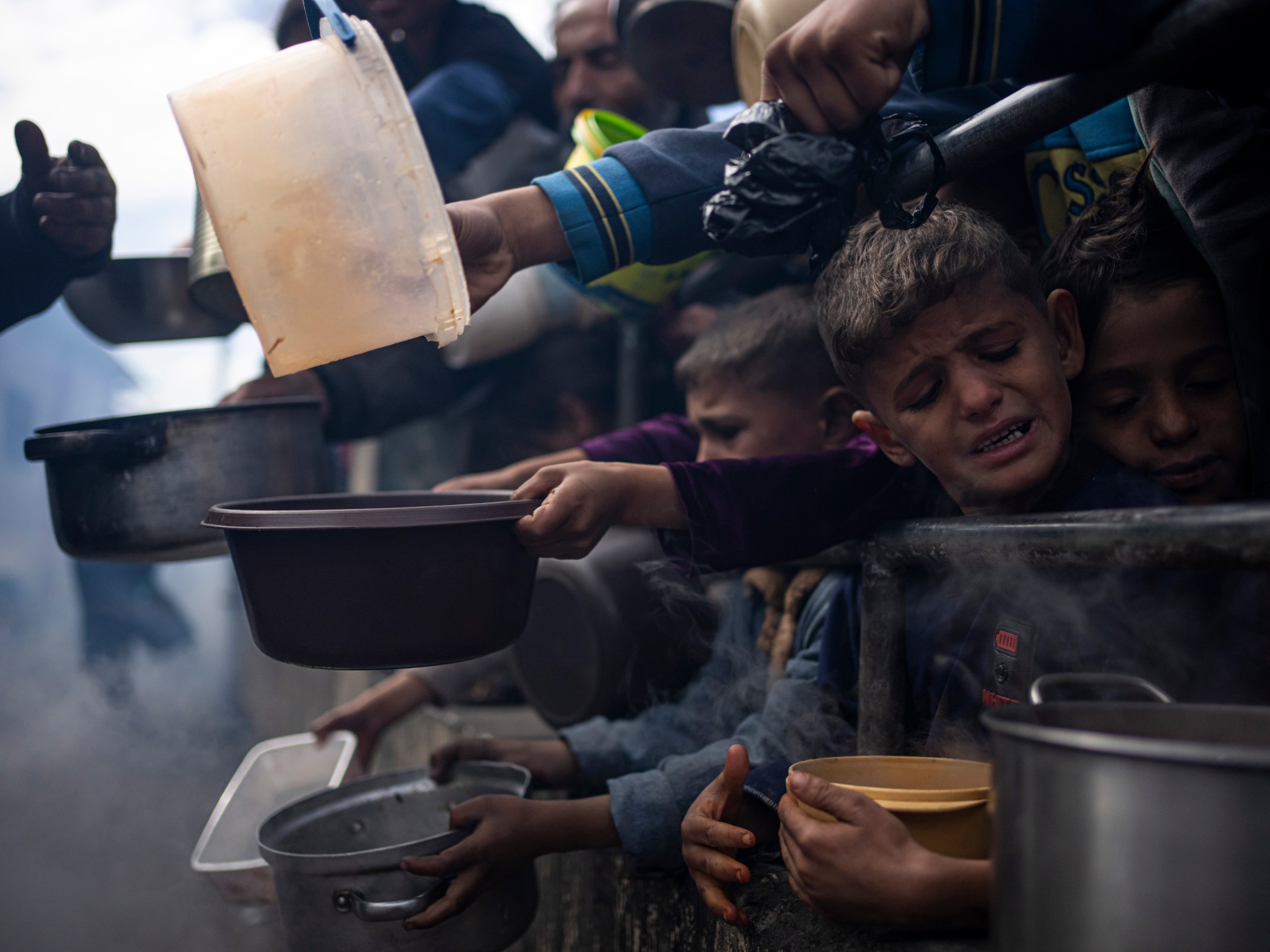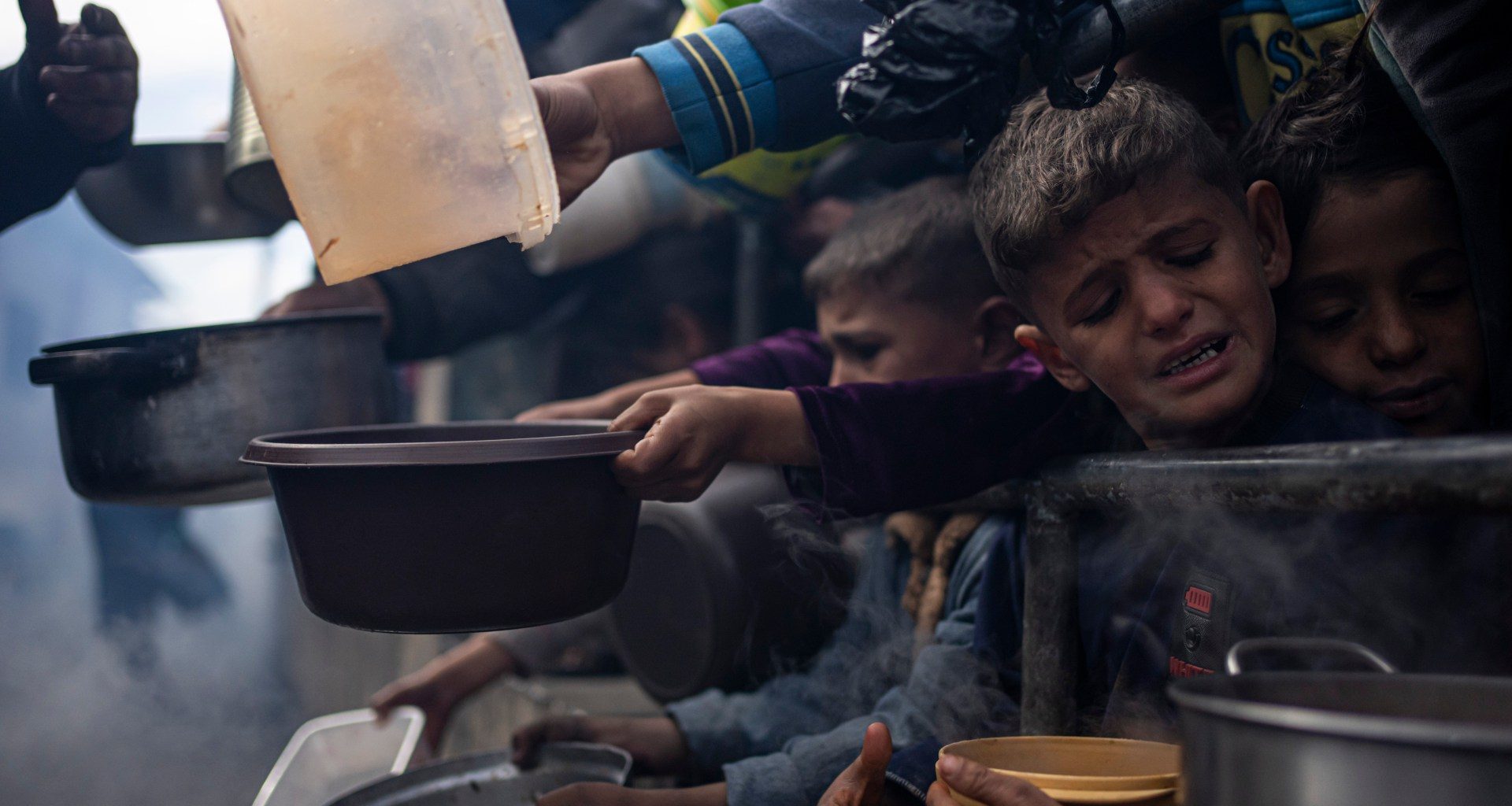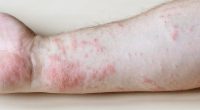
Northern Gaza could be hit by famine any time between mid-March and May, and more than 70 percent of Gaza’s 2.3 million population is facing “catastrophic hunger”, a United Nations-backed report published on Monday has warned.
Some 300,000 people remain trapped in northern Gaza, where people have resorted to eating animal feed in desperation and at least 27 children have died of malnutrition in recent weeks as Israel has blocked the delivery of aid supplies, including food. The first aid trucks in months entered northern Gaza on Sunday.
More than 31,000 Palestinians have been killed and vast swathes of the besieged enclave destroyed in more than five months of relentless Israeli bombardment.
Here is what to know about the report:
What does the report says about Gaza?
The entire population in Gaza is experiencing high levels of acute food shortage, with around 1.1 million people or half the population living through catastrophic food insecurity, according to the report by the UN-backed Integrated Food Security Phase Classification (IPC).
“Famine is now projected and imminent in the North Gaza and Gaza Governorates and is expected to become manifest during the projection period from mid-March 2024 to May 2024,” it said.
The report added that famine is projected to occur in Gaza’s northern governorates if conflict escalates, including the impending ground offensive in the southern city of Rafah, and if the hostilities continue to obstruct the flow of humanitarian aid to parts of Gaza where people in need reside.
Compared to the IPC’s previous analysis from December 2023, food insecurity in Gaza has become deeper and wider, and the trend in acute malnutrition is steeply rising.
Since some households face massive food shortages, being in the phase four and five categories, the report adds that the latest data shows that people are resorting to eating animal fodder, scavenging or begging.
“What the IPC report shows is that already there is an imminent risk of famine in North of Gaza and a risk of famine across the [Gaza] Strip,” Nour Shawaf, the MENA policy adviser at Oxfam, told Al Jazeera.
How is famine defined?
The UN High Commissioner for Refugees (UNHCR) defines famine as a situation where a substantial proportion of the population of an area is unable to access adequate food, which results in widespread acute malnutrition and loss of life by starvation and disease.
Acute food insecurity refers to when individuals’ inability to consume enough food places their lives or livelihoods in immediate danger.
The IPC defines acute food insecurity using five phases based on severity, ranging from none or minimal in phase one to catastrophe or famine in phase five.
Specifically, the report says an area is considered to be under phase five famine if:
- At least 20 percent of the population is in phase five catastrophe.
- Around one out of three children are acutely malnourished.
- There are two deaths for every 10,000 residents, or four child deaths out of 10,000 children per day, due to outright starvation or malnutrition and disease.
“This is all man-made, this is all the result of continued bombardment, displacement – bombardment by Israel and displacement of Palestinians across the Strip. This is the result of using starvation as a weapon of war,” said Shawaf from Oxfam.
Nearly 85 percent of Gaza’s population remains displaced.
The IPC does not declare famine, but instead provides evidence for the declaration of famine by relevant stakeholders at the country level such as government authorities or UN country leadership.
Is southern Gaza at risk of famine?
Households in southern Gaza are also going hungry as the report has classified the Deir el-Balah, Khan Younis and Rafah governorates as being in the IPC phase-four emergency. Since the situation is uncertain, “in a worst-case scenario, these areas face a risk of Famine through July 2024”, the report said.
How many people in Gaza are going hungry?
While around half the population is in catastrophic food insecurity, the other half is also going hungry. The report specifically notes that:
- Some 854,000 people in Gaza are in IPC phase four, or emergency circumstances. This means they face severe food shortages leading to acute malnutrition or excessive mortality. Some have also resorted to emergency coping mechanisms that have been detrimental to their wellbeing.
- An estimated 265,000 people in Gaza are in IPC phase three, or crisis.
What is the solution?
Gaza has been under complete siege and food supplies have been cut off since Israel launched its war on October 7, 2023.
Oxfam on Monday accused Israel of “deliberately” hindering aid supplies into Gaza, while the European Union’s foreign policy chief Josep Borrell said Israel is “provoking famine” in Gaza. He accused Israel of using starvation as a weapon of war.
“We as humanitarian organisations and humanitarian agencies are also deliberately stopped from reaching people across the Strip, be it within Gaza or even getting aid into Gaza,” said Oxfam’s Shawaf.
Aid agencies have been requesting immediate safe access to Gaza via land through the Rafah and Karem Abu Salem (known as Kerem Shalom in Israel) border crossings, so they can get essential humanitarian aid such as food to the residents of Gaza.
However, “the number of trucks is nowhere near enough to help people face the challenges created by the ongoing intense bombing”, reported Al Jazeera’s Hani Mahmoud from Gaza’s Rafah, deeming the aid entering the Strip a “drop in the ocean”.
Mahmoud added that the border crossings need to be opened to allow the flow of aid through land since airdropping aid or waiting about two months for the construction of a maritime port are not sufficient or practical alternative solutions.
Oxfam’s Shawaf added that the catastrophe would continue to unfold unless there is a ceasefire that allows humanitarian operations to scale up, alongside an exponential increase in aid.
The IPC report has also suggested restoring humanitarian access to the entire Gaza Strip, alongside the restoration of health and nutrition. It added specific solutions, including the provision of ready-to-use formula for non-breastfed infants and complimentary micronutrient supplements for young children, pregnant women and the elderly.
The report also recommends working to restore markets such as bakeries, as well as food production systems such as fishing and horticulture.
Read More: World News | Entertainment News | Celeb News
Aljazera










